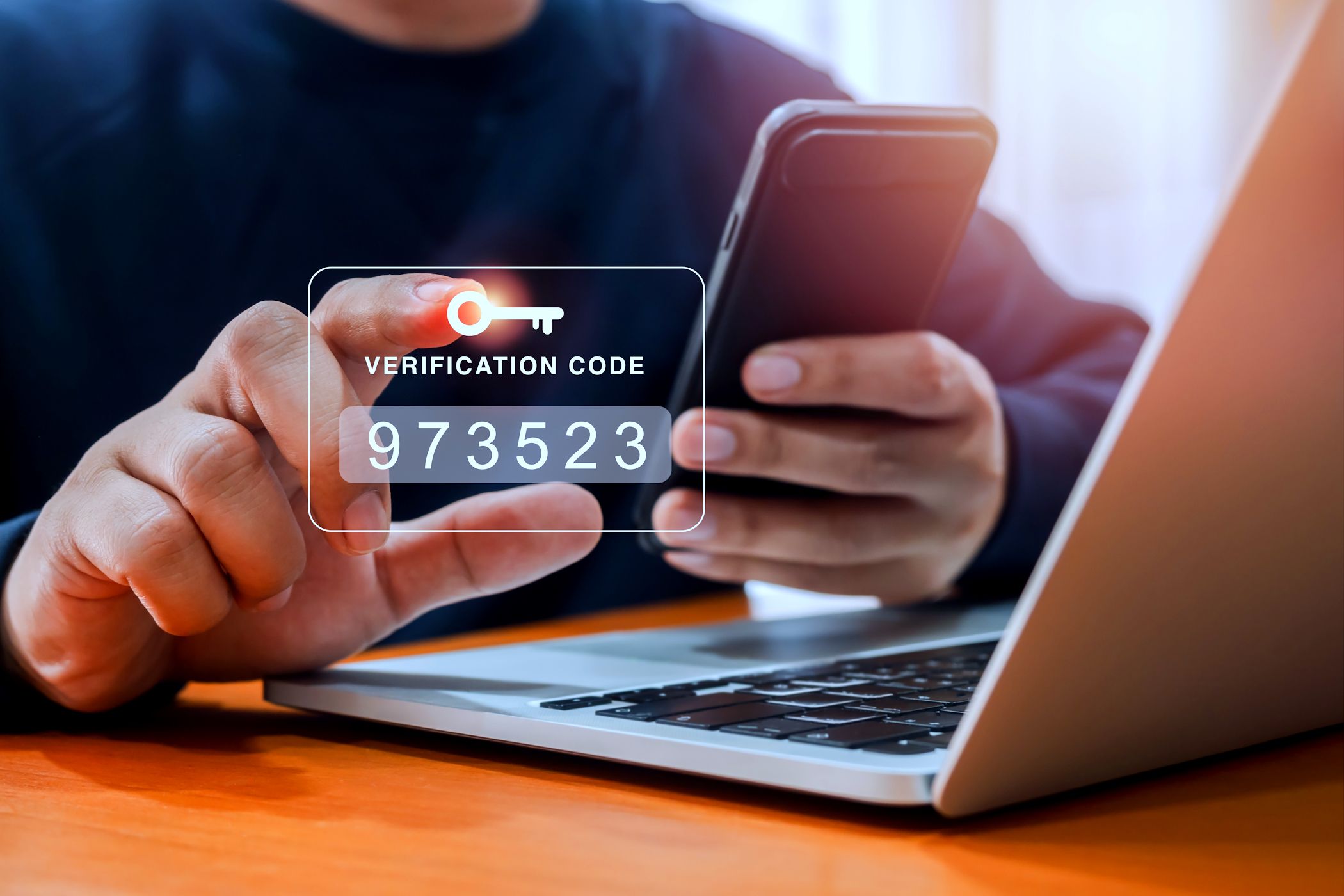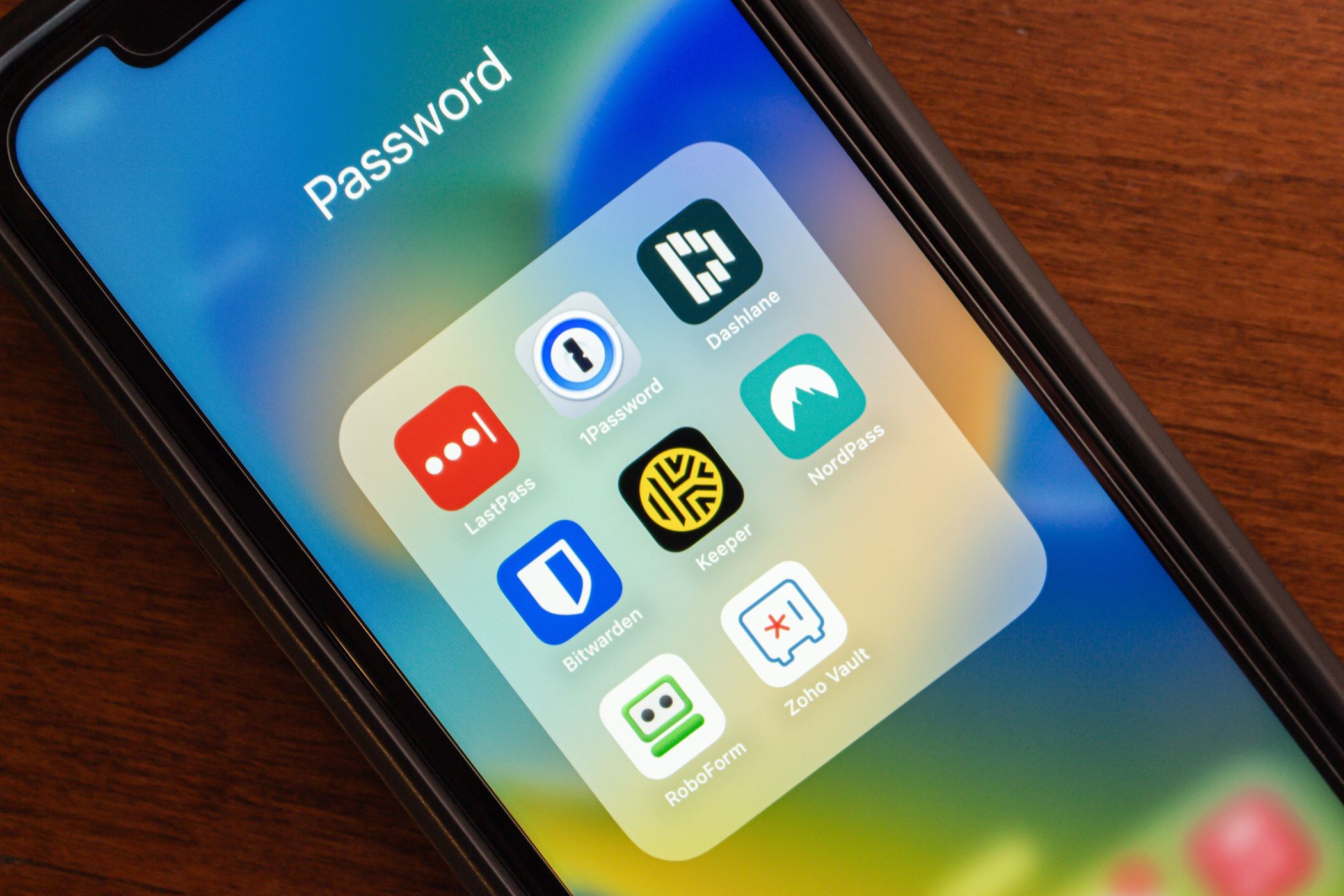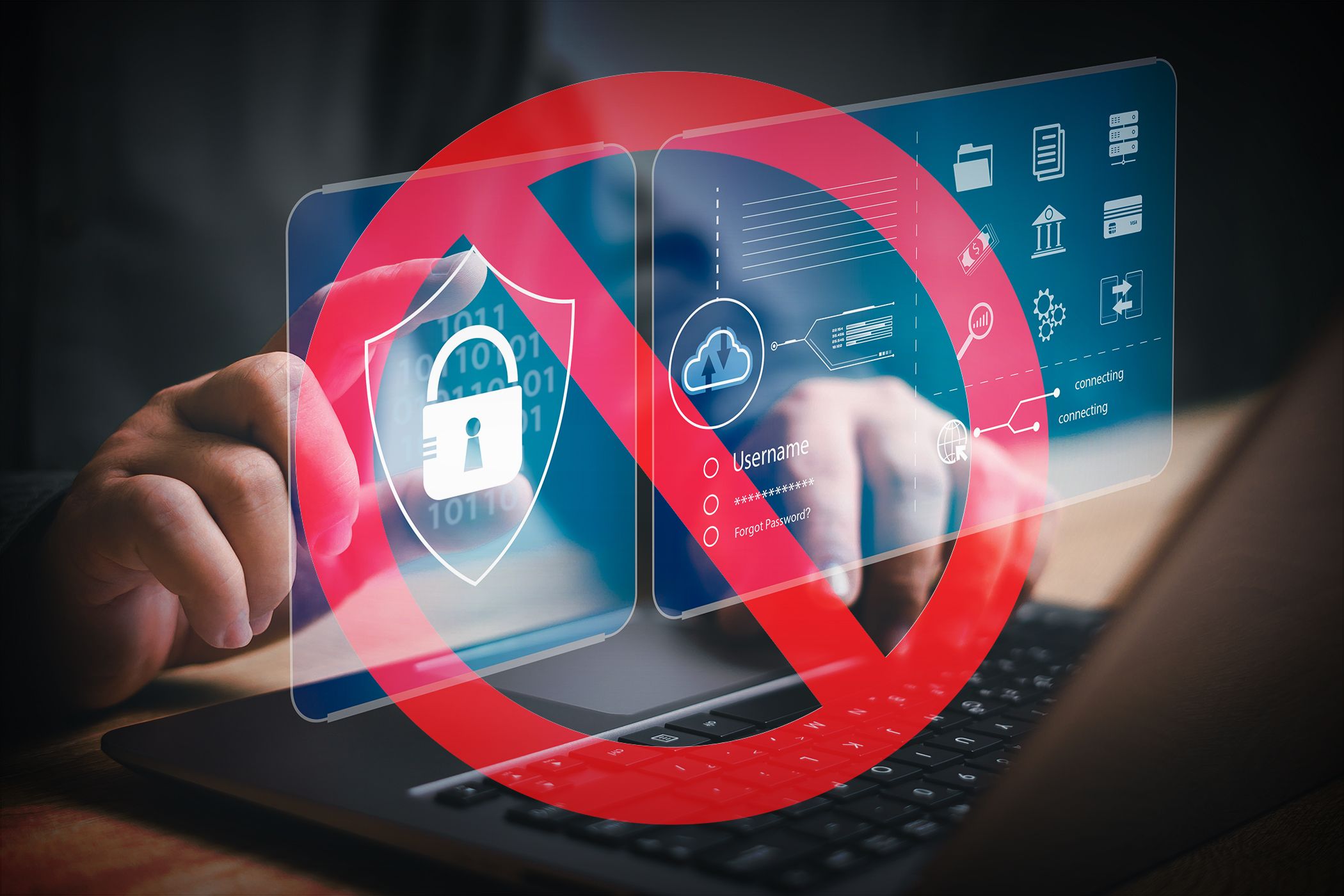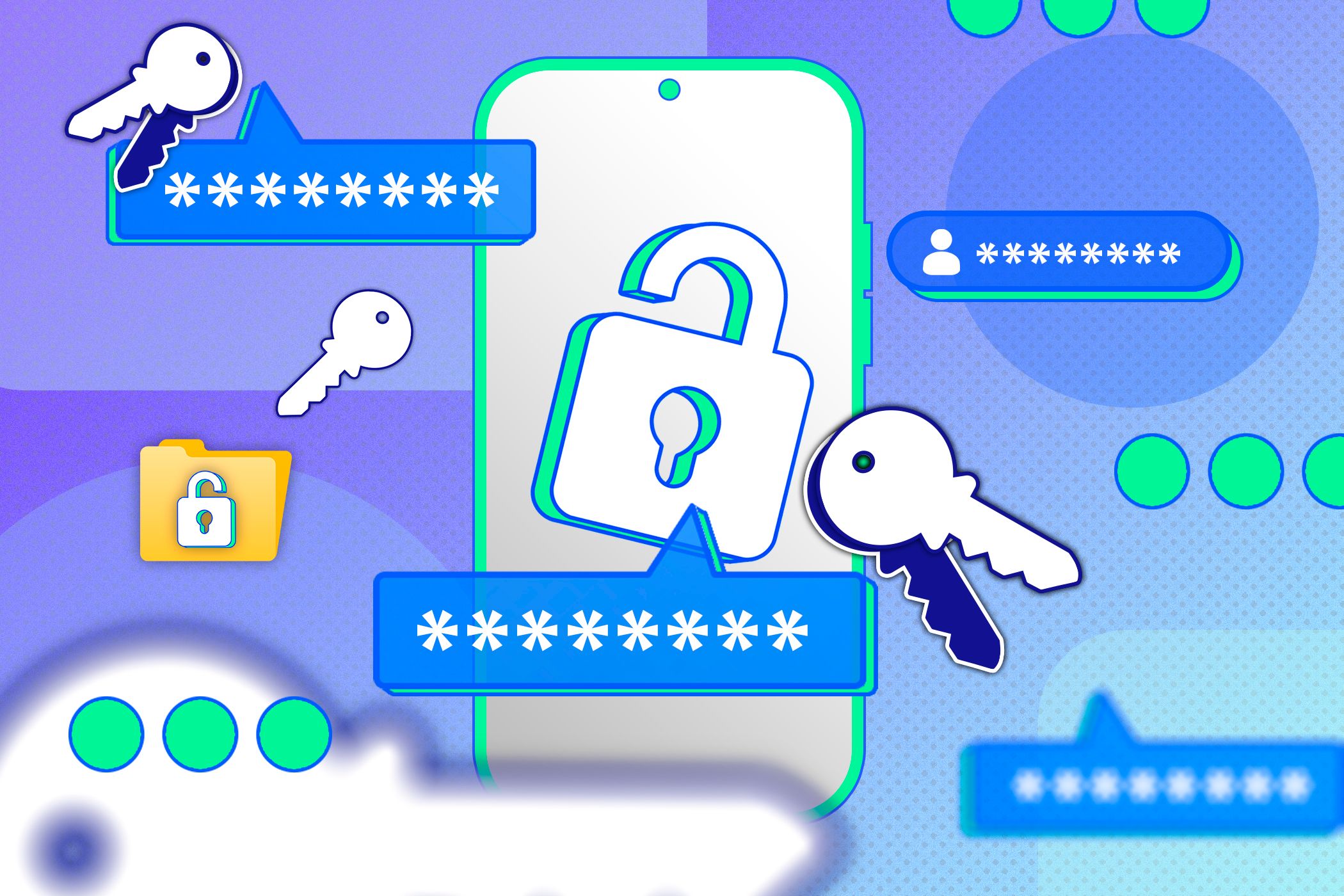One lazy password can lead to a world of trouble. But with a few smart steps, you can create a safer setup that runs quietly in the background.

Why Password Security Matters
Passwords are often the only thing standing between your personal information and someone who wants to steal it. Whether it’s your email, bank account, or streaming subscriptions, everything lives behind a password. And if that password is weak, reused, or easy to guess, it might as well not be there at all.
It’s tempting not to think about password security until something goes wrong. Maybe an account gets hacked, or a strange charge shows up on a credit card. But by then, the damage is already done. A good password habit doesn’t just keep you safe today—it keeps you ahead of the next big breach.
How Password Managers Help
If trying to remember dozens of unique, complex passwords sounds impossible, you’re absolutely right—it is. And that’s where password managers come in. Think of them as your digital vault. You only need to remember one strong master password, and the manager takes care of the rest: generating, storing, and autofilling all your other passwords securely.
A good password manager creates passwords that are long and random, the kind no human could ever guess, and no brute-force attack is likely to crack. And because it’s doing the remembering for you, there’s no need to fall back on lazy habits like “password123” or reusing your dog’s name across every account.
Using a password manager helps you maintain good security habits without having to think too hard about them. That’s the key to the “set it and forget it” approach: once your manager is set up, your daily routine becomes both safer and simpler.
Creating One Strong Master Password
This is the one password that matters most. The master password is what unlocks your password manager, and by extension, everything else. Get this one right, and you’ve taken care of the hardest part of staying secure online.
The trick is to make it long, unique, and something only you would think of. You don’t need to memorize a mess of symbols and random letters. Instead, use a full sentence or phrase that means something to you, but wouldn’t make sense to anyone else. Something like “Muoisredmassachusettsisblue!47” is far more secure—and easier to remember—than “P@ssw0rd123”.
What you want is strength through length and unpredictability. Avoid anything tied to your personal life, such as your dog’s name or birthday. Those are the first things a determined hacker will try.
Once you’ve created it, commit it to memory. If you’re worried about forgetting, write it down and store it somewhere safe, away from your computer and definitely not on a sticky note stuck to your screen.
Adding Two-Factor Authentication
If your master password is the lock on your front door, two-factor authentication (2FA) is the security guard double-checking your ID. It adds a second step to the login process, making it much harder for hackers to break in.
After entering your password, you also need to enter a code sent to your phone or generated by an authenticator app, such as Google Authenticator or Authy. Some services support physical hardware keys, which act like digital ID cards that you have to plug in.

Related
I’ve Ranked the Best Multi-Factor Authentication Methods: Here’s What You Should Use
There are three options that stand out above all others.
2FA is effective because even if someone guesses or steals your password, they still need physical access to your phone or device to gain entry. Setting it up only takes a few minutes per account. You can start with your most important ones—your email, bank, password manager, and social media. Most services make setup easy right in your account settings.
When to Change Your Passwords
With a password manager and two-factor authentication in place, you’ve already made your setup much safer than the average user’s. But that doesn’t mean you can set it and completely forget it. Like changing the batteries in your smoke alarm or getting your car serviced, good password hygiene involves the occasional check-in.
You don’t need to change passwords every 30 or 60 days like some old-school advice suggests—that’s more likely to lead to weaker passwords out of frustration. Instead, focus on changing them when it really matters: after a breach, if you suspect suspicious activity, or if your password manager flags something as compromised or reused.
Most password managers will alert you to breaches and suggest updates. This is where your routine maintenance kicks in. Set a reminder every few months to review your manager’s security report. It’s usually a quick task, and you’ll be able to see which passwords are out of date, reused, or potentially vulnerable.

Related
Avoid These 4 Mistakes When Setting Up a Password Manager
A password manager will boost your security, but there are some considerations to make while getting set up.
Another smart habit is reviewing unused accounts. Old social media profiles, expired subscriptions, or long-forgotten forums can still be doorways into your digital life. If you’re no longer using a service, consider deleting the account, or at least updating the password to something unique and random.
A secure master password, a good password manager, and two-factor authentication form a secure system that takes care of itself with just a little upkeep. You don’t have to stress over every login or panic at every security headline. Set it up once, check in occasionally, and let the routine take care of the rest.









:max_bytes(150000):strip_icc()/twoku-twtich-roku-app-2053432b763a40d788ef726974d9ed2a.png?w=1174&resize=1174,862&ssl=1)

Leave a Comment
Your email address will not be published. Required fields are marked *